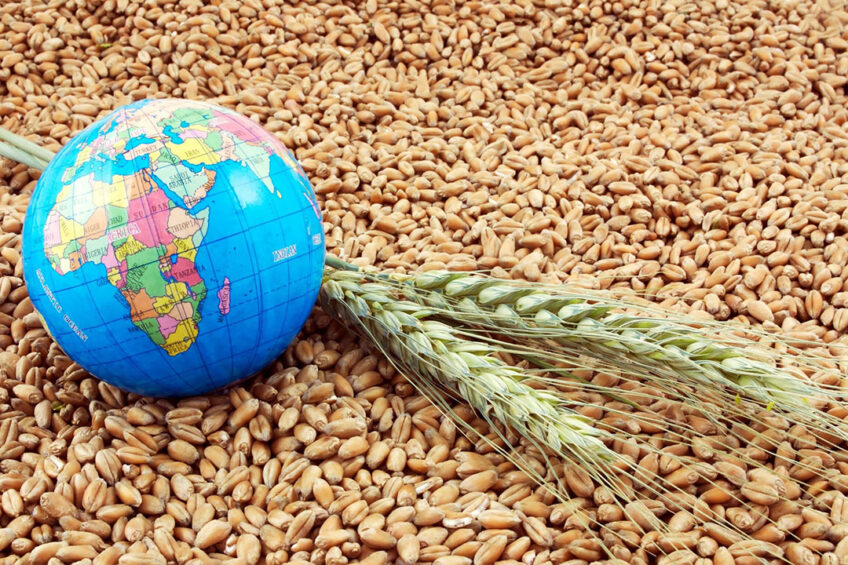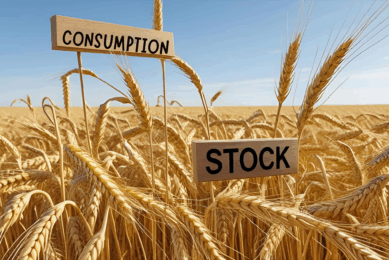Global wheat markets under pressure

The last 2 years have seen raw material prices rise to a higher level.
First there was the corona pandemic, which caused many uncertainties and delays. These included extra precautions in several ports and a shortage of manpower at the terminals. Then, at the beginning of this year, the war in Ukraine added even more pressure.
Rising wheat prices
The September contract on the futures market in Paris closed at the end of last week at €380 per tonne.The first expiring contract has increased 94% over a 2 year span. And compared to a year earlier, the September wheat contract is up 47%.
It is of no interest to buy wheat above the €400 per tonne mark, therefore the limit for the first expiring contract has been set at the €400 limit. In the longer term, prices will hold up better.
Poor US winter wheat condition
Longer term prices are partly supported by the poor winter wheat condition in the United States. According to the latest report from the United States Department of Agriculture (USDA), 27% of winter wheat is in “good to excellent” condition. That’s 3% less than in mid-April. And compared to a year ago when 49% of US winter wheat was in “good to excellent” condition.
This crop status will further increase the pressure on the global balance sheet.
Positive start for Argentinian wheat
Precipitation is expected in the southern hemisphere. That could mean a positive start to the growing season for wheat in Argentina.
Corn quotations under wheat
Corn prices are below wheat levels. The Paris futures market traded on 29 April at € 349.25 per tonne for maize (June contract). That is 6% higher than a week earlier.
On the futures market in Chicago, the first corn contract to expire on April 29 was more than 3% higher than a week earlier. The slow sowing activities in the United States are causing slight upward pressure on prices. At the end of April, ‘only’ 7% of American corn has been sown. That is about half of the 5-year average (15%) for the same period.











